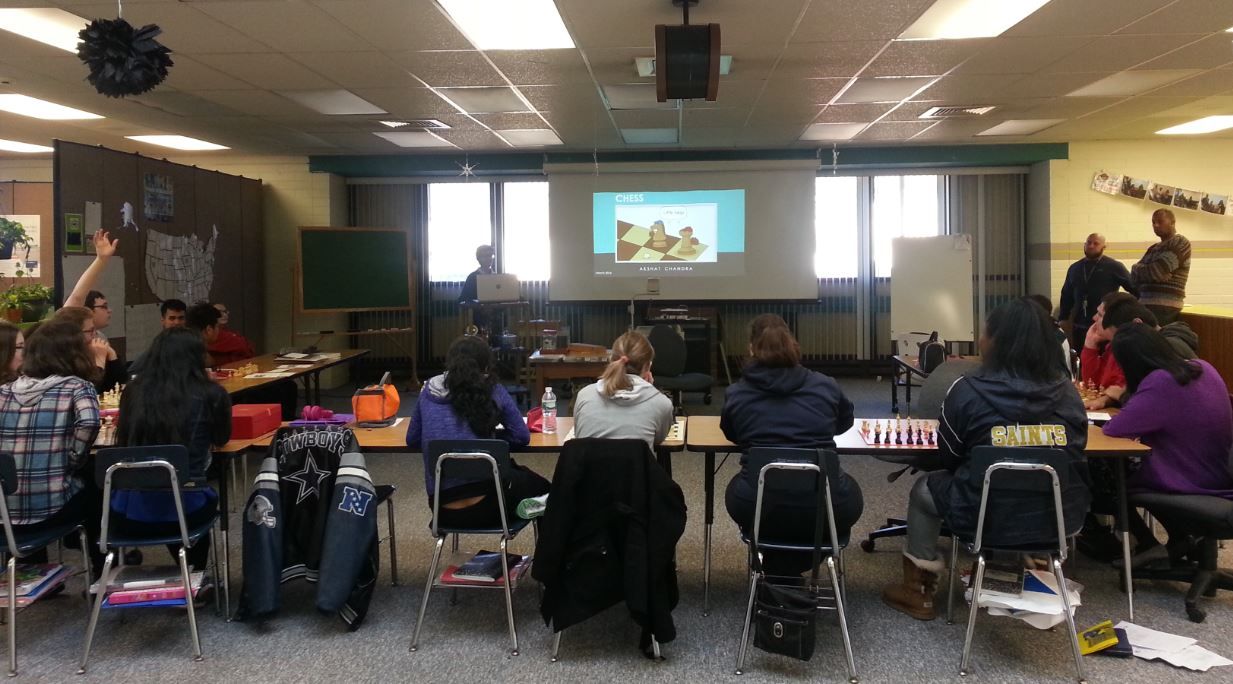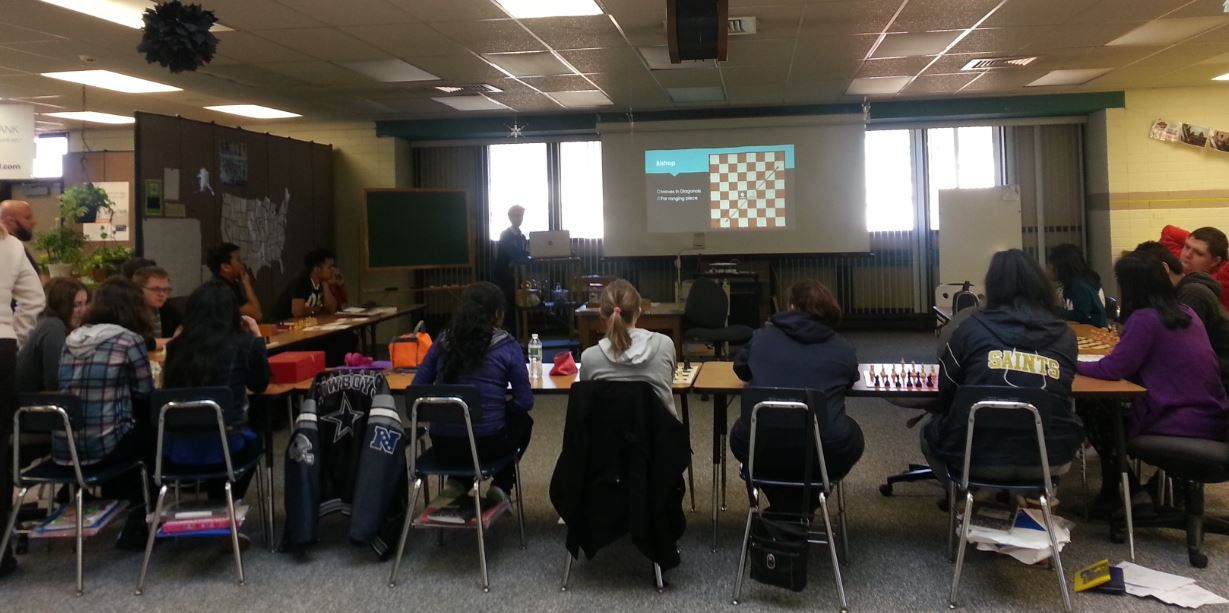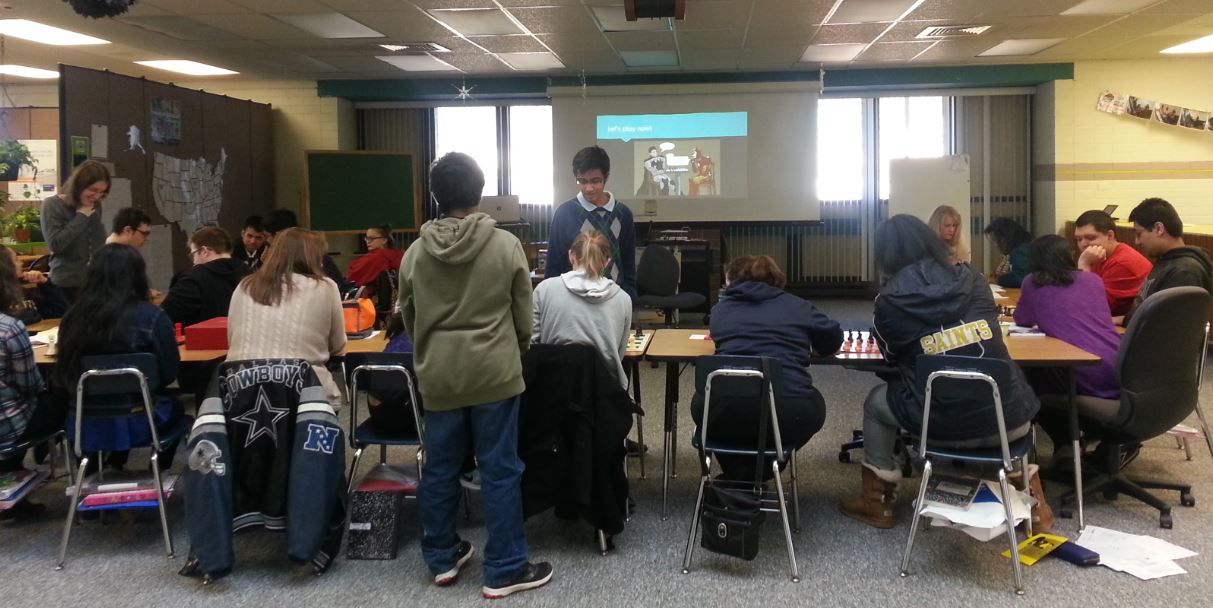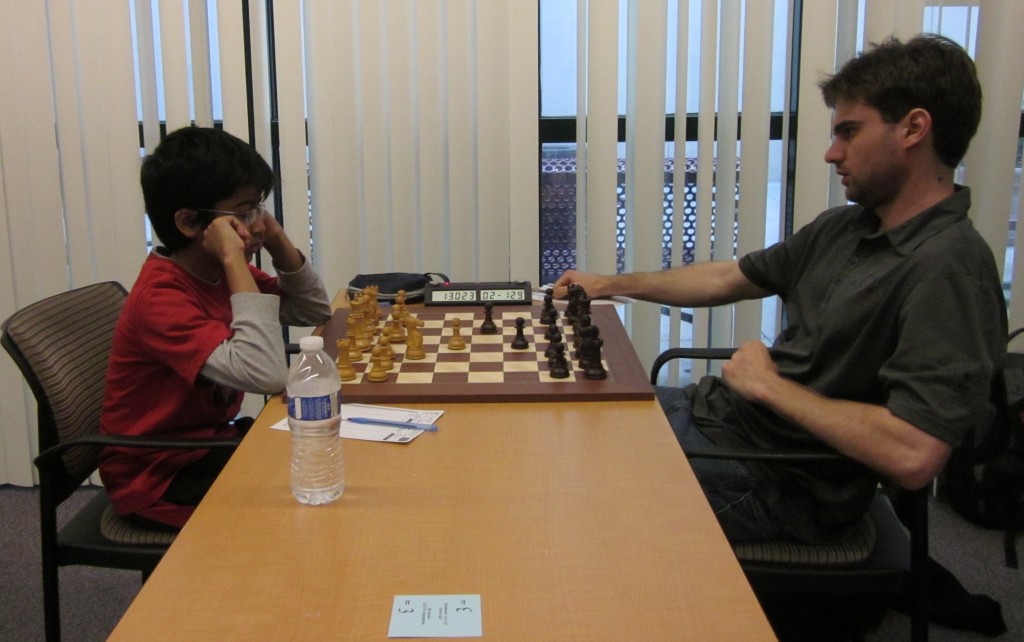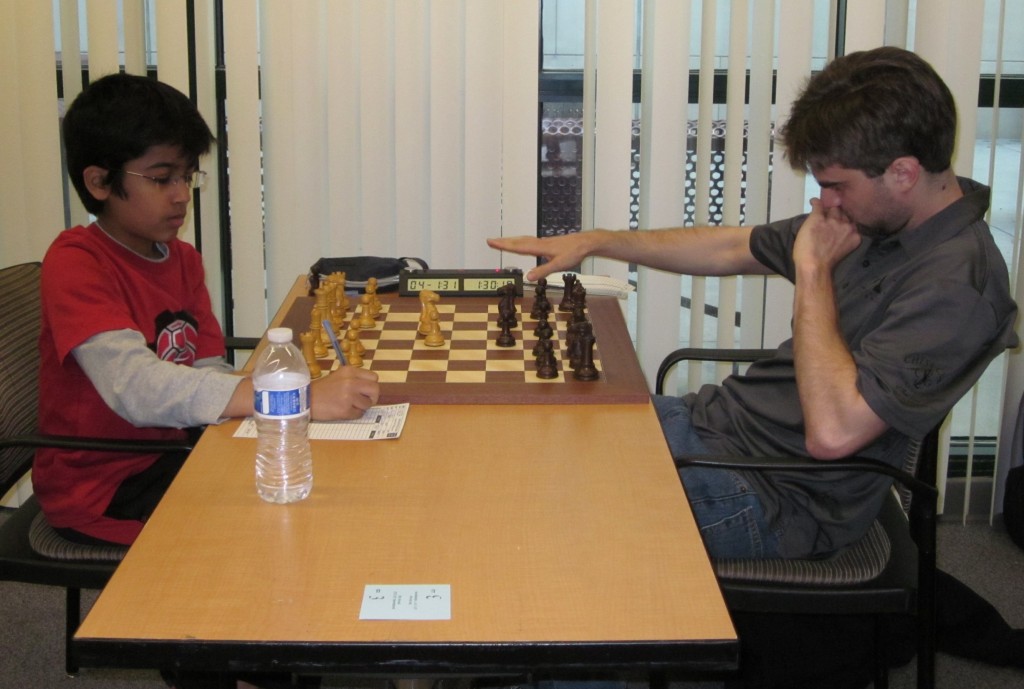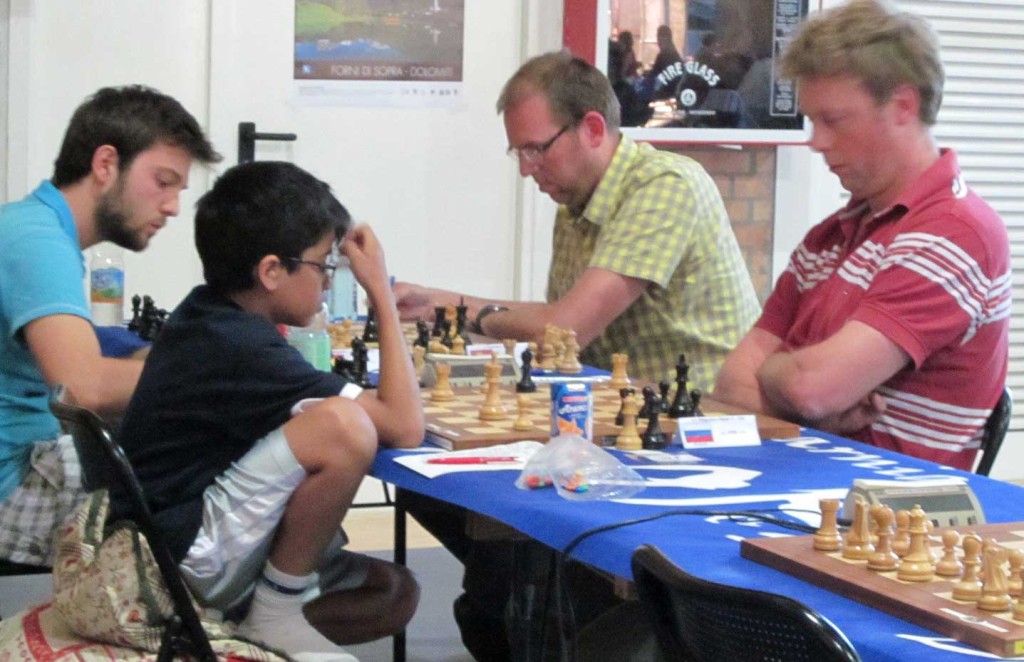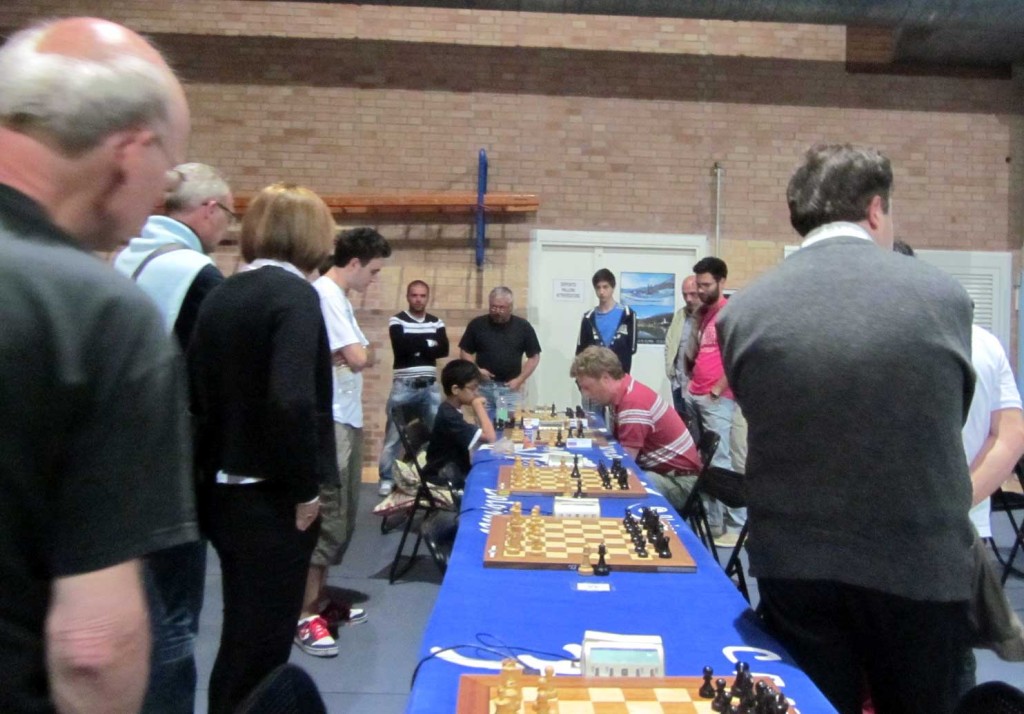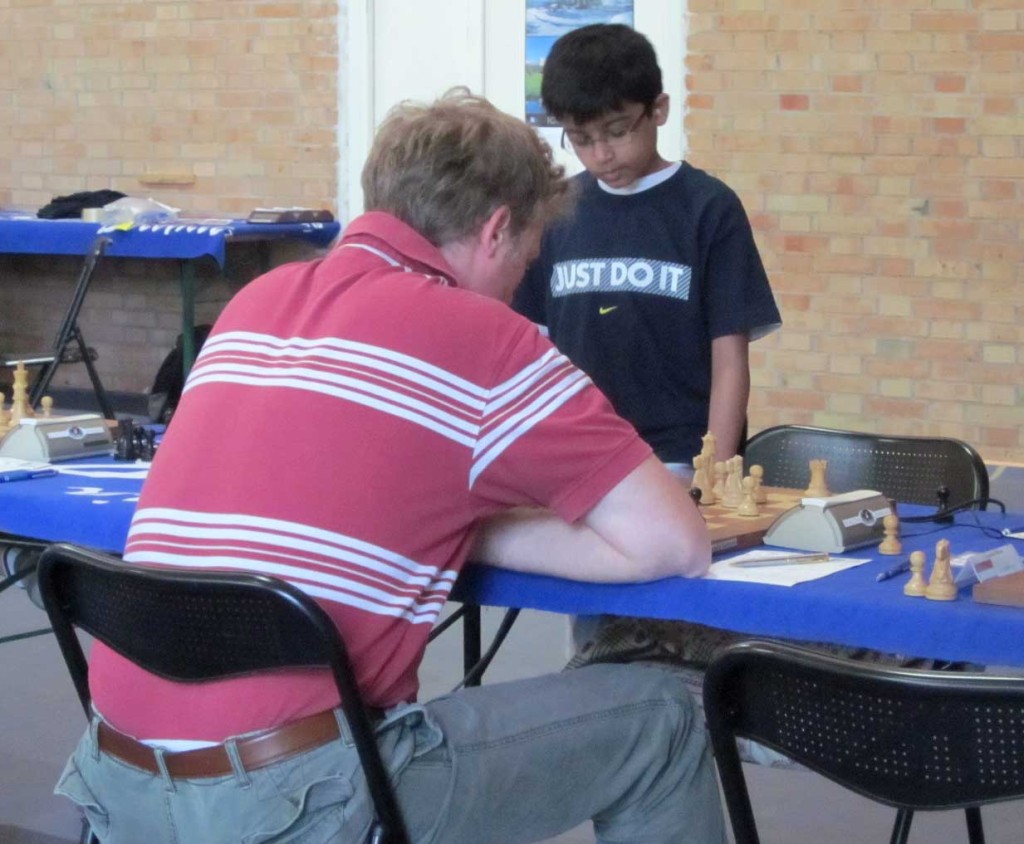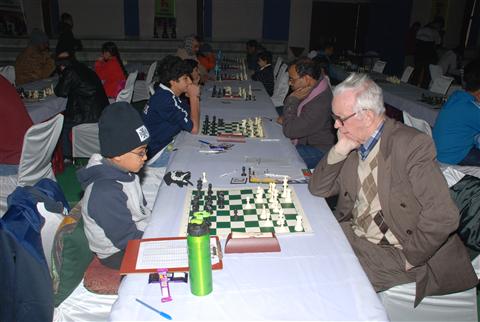Being the present National High School and US Junior Chess Champion, as well as the 2013 Junior High K-9 National Chess Champion, provides one with special credentials as well as a sense of responsibility to promote chess in academic circles.
Today, March 2, 2016, I had an opportunity to present to a very special program at the Woodbridge Township School District in New Jersey. The special Transition program called Reaching Individual Student Excellence (RISE), is geared towards students who are graduating from high schools and need further transition skills to make their marks in society. The Coordinator and Teacher, Linda Rockmaker, along with her team and other members of the school, has done a remarkable job of engaging community businesses to create on-job learning opportunities for the students in the program.
I visited the school to give a presentation on the basics of Chess, and to hopefully spark an interest. The students and teachers were very warm, and made me feel right at home. It was great to see their participation during an interactive presentation, with many of them answering questions correctly – where did chess originate; which is the strongest piece; the name of the founding father who wrote the first account of chess in the US.
After the presentation, I gave a Chess Simul. There were about 18 students, but I had only 3 boards. But over the course of the week, Ms. Rockmaker was able to procure boards from other students and teachers, and we had about 8 boards. As you may imagine, there was quite a motley collection of boards. Besides the typical green and white vinyl boards that regular chess players are accustomed to, we had red and black board, glass board, a tiny board, almost a 3-D like figurine board, a board with red and pink pieces, and a small board with really giant pieces. Since none of the students were yet spoiled by the wooden walnut/maple boards, they didn’t mind and just dived in for some good fun.
I went around from board-to-board to see how each of the students were doing, and was extremely pleased to see all of them displaying interest, and making a sincere effort to understand how to play. Even if they didn’t quite catch it all the way, they appeared engaged throughout the entire hour. Even the school coach and a couple of teachers joined in to help.
I want to thank Ms. Linda Rockmaker for providing this opportunity, and to Mr. Darrell Brown, one of the RISE teachers, for assisting me.
Also thanks to my bro Addy for helping 😛 .
All that’s left to be done now is for me to request some chess organizations to contribute chess material to the School.
Here are a few pictures!

